Phases of School Transition
Systems are working together to support students with intellectual and developmental disabilities transition from school to adult life in a more seamless manner. Four videos have been created to give students and their families direction during four phases of their life, the three years of transition in the school system (ages 18 to 21) and the year after. Below are four videos followed by the resources outlined in the videos.
Outreach and Connections
It is never too early to start planning and preparing for life after high school. It may feel overwhelming to think of life after school, but there are people, programs, and services available to help you and your family members. It is important to remember to ask your support system for help! These supports can be teachers, friends, family, or mentors you may have. Services that can support you include DSHS’ Developmental Disabilities Administration, DSHS’ Division of Vocational Rehabilitation, and the Social Security Administration. These resources are going to help you reach your goals. It is important to apply as soon as possible.
Path to Employment
Leaving high school is a big step as you move into becoming a part of the workforce! It is important to think about what you want to do after you leave school and take the time to find supports that will help you reach your goals. The video below mentions the Social Security Administration, Developmental Disabilities Administration, and the Division of Vocational Services. These services will connect you to finding the next steps to employment. Not sure what you want to do for work? That’s okay! Take this time to talk to your support system and discuss what you think would be the best fit for you. An option to help you learn what you want to do is the Washington Job Foundation Project. They will connect you to a job coach who will work with you and your support team to learn what your interests, goals, and skills are. Then they will connect you to a job and the necessary education for that job field!
Want to learn more about the Washington Job Foundation? Check out these resource pages below:
Job Foundation Program Locator
Job Foundation Program Information
Jobs by June
Are you in the final year of your school transition? This would be ages 20-21! The next steps are an exciting time. You may have already applied for SSA and DDA. If you haven’t, this is a great time to apply. If you are unsure about those next steps, you can reach out to your local county DD staff and they can help you find out the next steps. Washington is an employment-first state. This means that there are supports available to help you become a valued member of the workforce after school! This can be through a variety of programs including School to Work. If School to Work isn’t available in your area, make sure to reach out to your county DD program as supports are available in every county.
Employment and Beyond
You have transitioned out of the education system! You may already have a job or you are working with your team to find the right fit for you. DDA offers waiver programs that have waiver services available to provide employment support if you are eligible. Jobs are found based on your goals and individual interests. There is no limit on the field you can work in! Once you have participated in at least 9 months of employment services, additional resources will become available to you. This includes community inclusion services that will help you create a full life! Learn more about Supported Employment and Community Inclusion here.
Resources for Families:
Employment Services
As young adults prepare for transition, it can by confusing to understand the difference between the Developmental Disabilities Administration (DDA) and the Division of Vocational Rehabilitation (DVR). This page will give you a quick overview of the description of services.
High School Transition
Transition planning can begin as early as possible, but should be in progress by at least the age of 16. Your child has the right to work and fully participate in your community, and services to help achieve these goals are available, but can be difficult to understand. This page provides you will tools and resources to help understand what high school transition is and how to help your child achieve their goals.
Transition Toolkit
Informing Families offers a High School Transition Toolkit which provides tips on planning and goal setting, timelines for ages 14-21, ways to gain job skills during high school, and more. On this page, you will be able to access the PDF version or order a printer copy (available in both English and Spanish).
Overview for Ages 14-21
Navigating Your Way, Ages 14-21 is a video piece to provide you with the overall services, support, and resources for this stage of life. During these years, your child or family member will be immersed in school and learning the skills that will allow them to reach their goals after school services end (typically at age 21).
Timeline for Ages 14-21
Not sure what the ages of 14-21 will look like for your child or family member? Check out this overview of services and steps to help prepare them for life after school.
Ages 14-21: DVR, DDA, and Employment Services
What are the roles of DVR and DDA in your young adults life? It can be confusing to understand the differences and roles that each play. This page provides a brief description of what to expect from these services.
Ages 14-21: High School Transition Programs
You may have a high schooler who is entering the transition program and you may not be sure what this will look like. High school transition programs vary from county to county. Ask your school district what kinds of support in transition programs they offer!
Below are the QR codes to resources in the videos: (turn on phone camera and point it to the square QR code/cube below and click on the link that pops up) or go to the website below the QR code.
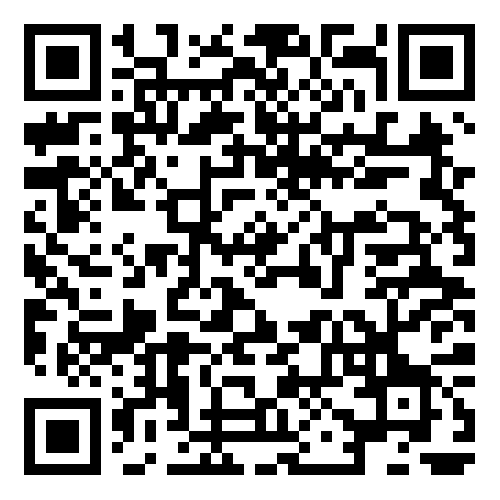 Developmental Disabilities Administration
Developmental Disabilities Administration
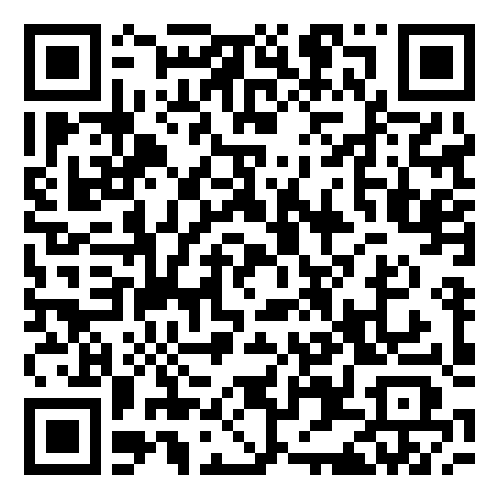 . Division of Vocational Rehabilitation
. Division of Vocational Rehabilitation
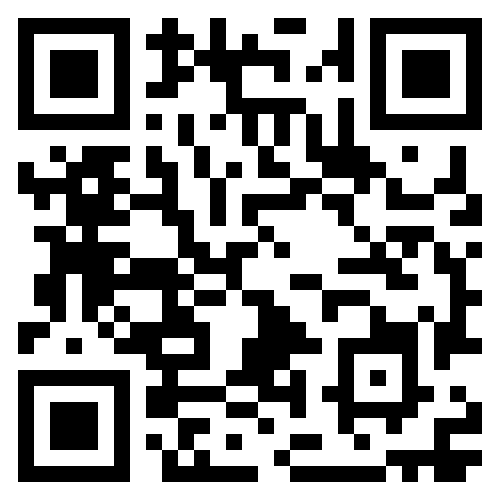 Social Security Administration
Social Security Administration
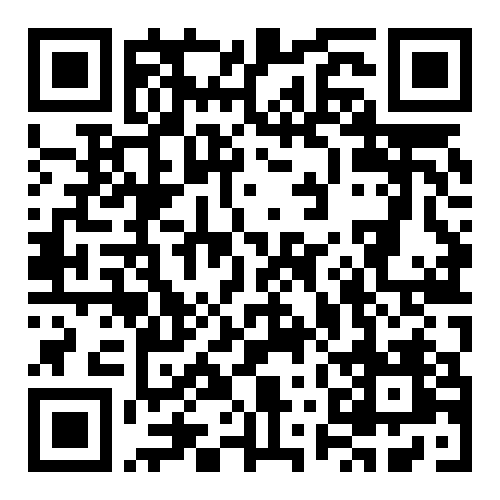 Informing Families Employment Resource Page
Informing Families Employment Resource Page


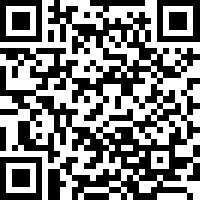 .
. 



